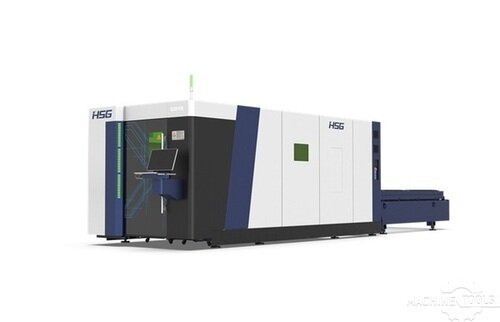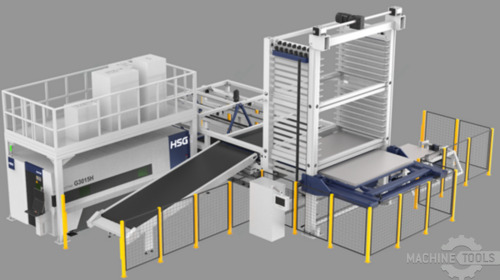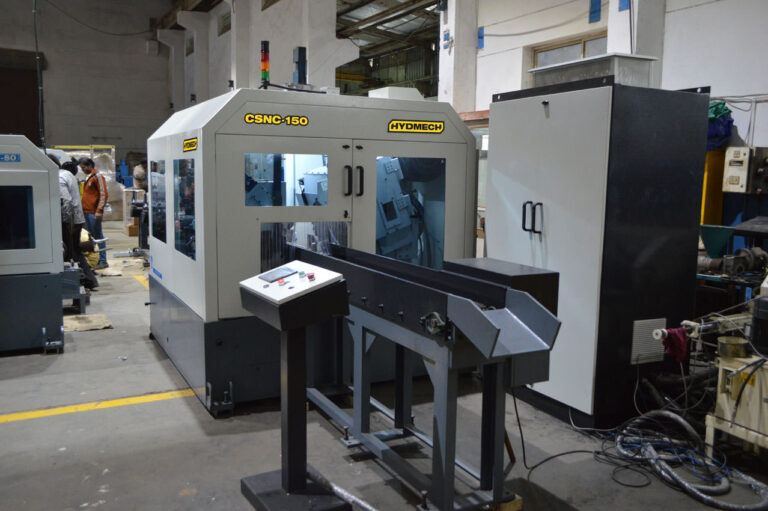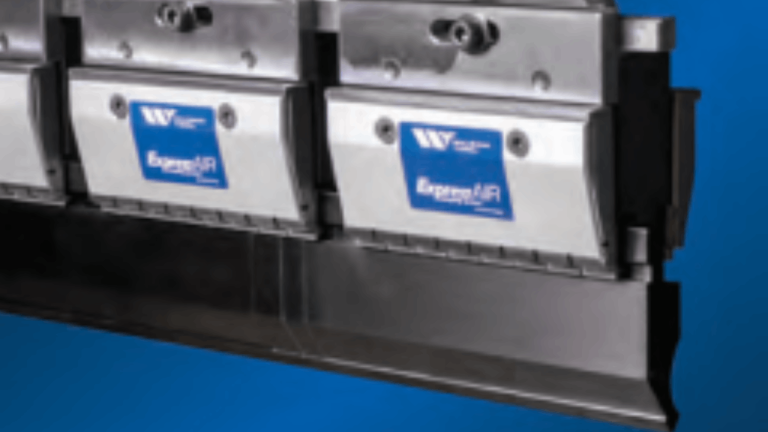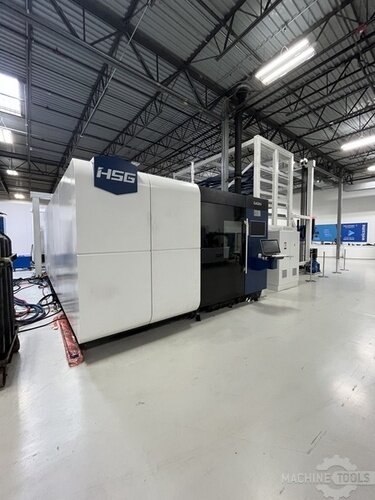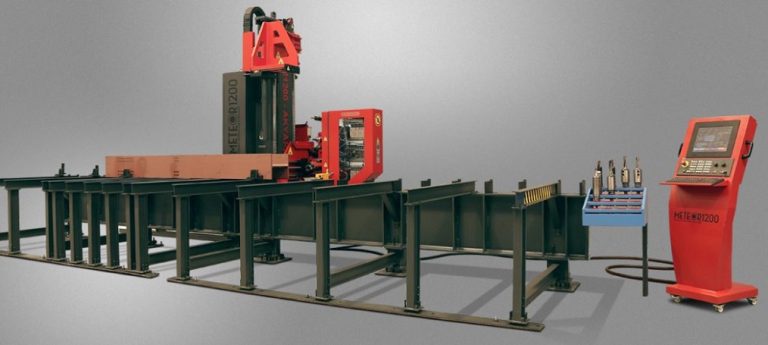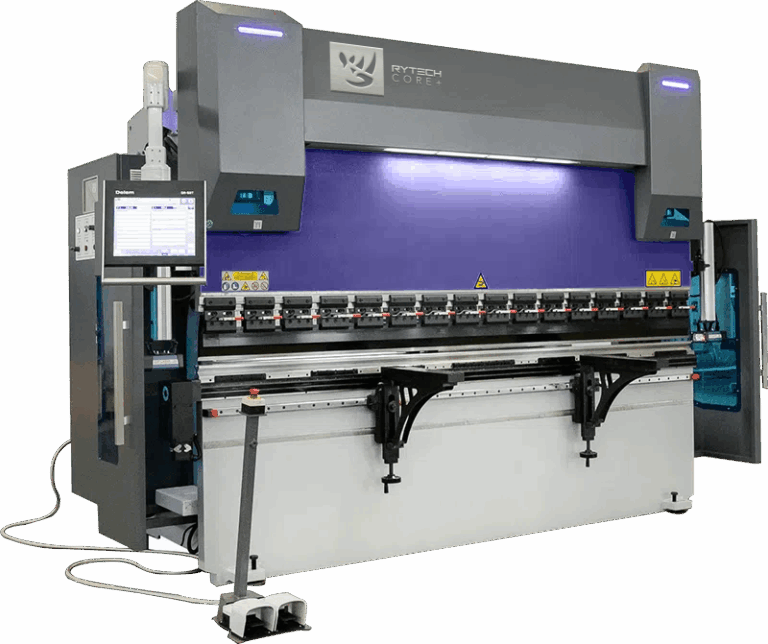In the ever-evolving world of metal fabrication, choosing the right laser cutting technology can significantly impact your project’s efficiency, quality, and cost-effectiveness. Whether you’re dealing with simple flat sheets or intricate three-dimensional structures, understanding the nuances between 2D and 3D laser cutting is crucial. This article delves into the key differences, advantages, and considerations to help you make an informed decision that aligns with your specific needs.
Understanding 2D and 3D Laser Cutting Technologies
2D laser cutting technology is primarily used for cutting flat materials such as sheets of metal, plastic, or wood. This method employs a laser beam to cut through the material in a single plane, making it ideal for creating precise and intricate designs on flat surfaces. The process is highly efficient and can be automated to handle large volumes, making it a popular choice for industries ranging from automotive to electronics.
On the other hand, 3D laser cutting technology is designed to handle more complex geometries. This method allows for cutting along multiple axes, enabling the creation of three-dimensional shapes and structures. 3D laser cutting is particularly useful for applications that require intricate cuts on curved or angled surfaces, such as in aerospace, medical devices, and custom manufacturing. The flexibility of 3D laser cutting opens up a world of possibilities for innovative design and engineering.
Key Differences Between 2D and 3D Laser Cutting
The most apparent difference between 2D and 3D laser cutting lies in their dimensional capabilities. While 2D laser cutting is restricted to flat surfaces, 3D laser cutting can navigate complex shapes and angles. This distinction makes 2D laser cutting more suitable for straightforward, flat designs, whereas 3D laser cutting excels in producing intricate, multi-dimensional components.
Another key difference is the level of complexity and cost associated with each method. 2D laser cutting systems are generally less expensive and easier to operate, making them accessible for a wide range of applications. In contrast, 3D laser cutting systems require more advanced technology and expertise, which can result in higher initial costs and operational complexity. However, the investment in 3D laser cutting can be justified by the ability to produce more complex and high-value parts.
Advantages of 2D Laser Cutting for Your Projects
One of the primary advantages of 2D laser cutting is its precision. The technology allows for extremely accurate cuts, which is essential for applications that demand tight tolerances. This precision reduces material waste and ensures that each piece meets the exact specifications, thereby enhancing the overall quality of the final product.
Another significant benefit of 2D laser cutting is its speed and efficiency. The process can be highly automated, allowing for rapid production cycles and the ability to handle large volumes with minimal human intervention. This efficiency translates to lower production costs and faster turnaround times, making 2D laser cutting an excellent choice for high-volume manufacturing.
Benefits of 3D Laser Cutting for Complex Designs
3D laser cutting offers unparalleled flexibility when it comes to handling complex designs. The ability to cut along multiple axes means that intricate shapes and angles can be achieved with ease. This capability is particularly beneficial for industries that require custom or highly detailed components, such as aerospace, medical devices, and automotive manufacturing.
In addition to its design flexibility, 3D laser cutting also provides superior material utilization. The technology allows for more efficient nesting of parts, reducing material waste and lowering overall production costs. This efficiency, combined with the ability to produce high-quality, complex parts, makes 3D laser cutting a valuable asset for any manufacturing operation.
HSG G3015X 6KW
HSG-G3015H V2.0-STORE PRO3015 10 SHELF
Factors to Consider When Choosing Laser Cutting Methods
When deciding between 2D and 3D laser cutting, one of the first factors to consider is the complexity of your design. If your project involves simple, flat shapes, 2D laser cutting is likely the most cost-effective and efficient option. However, if your design includes intricate geometries or requires cuts on multiple planes, 3D laser cutting will provide the necessary capabilities.
Another important consideration is the volume of production. For high-volume, repetitive tasks, 2D laser cutting offers the speed and automation needed to keep costs low and production times short. Conversely, for lower-volume, custom projects that demand high precision and complexity, 3D laser cutting may be the better choice despite its higher initial investment.
Making the Right Choice: 2D vs. 3D Laser Cutting
Ultimately, the decision between 2D and 3D laser cutting comes down to your specific project requirements and goals. Assessing the complexity of your design, the volume of production, and your budget will help you determine which technology is best suited for your needs. Both methods offer unique advantages, and understanding these can guide you toward the most efficient and cost-effective solution.
At Mac-Tech, we are committed to helping you navigate these choices with confidence. Our team of experts is here to provide personalized advice and support, ensuring that you select the laser cutting technology that aligns with your objectives. Whether you need the precision of 2D laser cutting or the versatility of 3D laser cutting, we have the resources and expertise to help you succeed.
FAQ
What materials can be cut using 2D and 3D laser cutting?
Both 2D and 3D laser cutting can handle a wide range of materials, including metals, plastics, wood, and composites. The choice of material will depend on your specific application and the capabilities of the laser cutting system.
Is 3D laser cutting more expensive than 2D laser cutting?
Generally, 3D laser cutting systems are more expensive due to their advanced technology and capabilities. However, the investment can be justified by the ability to produce more complex and high-value parts.
Can 2D laser cutting be used for high-volume production?
Yes, 2D laser cutting is highly efficient and can be automated to handle large volumes, making it an excellent choice for high-volume manufacturing.
What industries benefit most from 3D laser cutting?
Industries such as aerospace, medical devices, and automotive manufacturing benefit greatly from 3D laser cutting due to the need for intricate and custom components.
How do I decide between 2D and 3D laser cutting for my project?
Consider the complexity of your design, the volume of production, and your budget. Consulting with experts can also provide valuable insights to help you make the right choice.
Can 3D laser cutting improve material utilization?
Yes, 3D laser cutting allows for more efficient nesting of parts, reducing material waste and lowering overall production costs.
What is the turnaround time for 2D vs. 3D laser cutting?
2D laser cutting generally offers faster turnaround times due to its simplicity and automation capabilities. 3D laser cutting may take longer due to the complexity of the designs and the need for more advanced technology.
Choosing the right laser cutting technology is a critical decision that can impact the success of your project. At Mac-Tech, we are dedicated to providing the expertise and resources you need to make an informed choice. Whether you opt for 2D or 3D laser cutting, our team is here to support you every step of the way. Feel free to reach out to discuss your specific needs and explore the best solutions for your business.
Get Weekly Mac-Tech News & Updates

